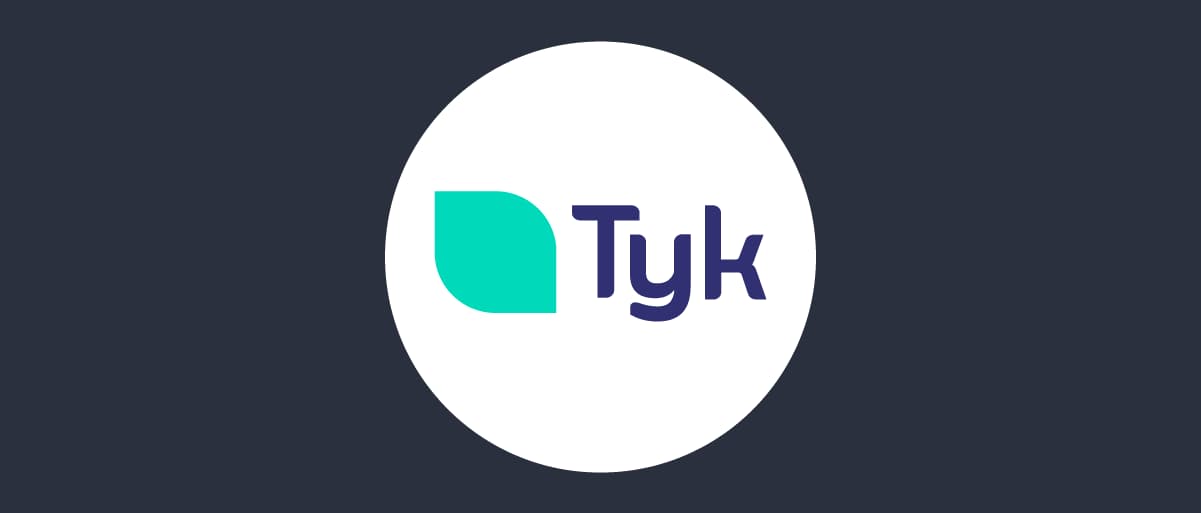
Integrating with Tyk Developer Portal
On this page
The Tyk API Gateway and specifically the Tyk Developer Portal at version 3.2 added support for Dynamic Client Registration (DCR). This is a very powerful functionality to enable integration with the Curity Identity Server.
Detailed step-by-step documentation
This article provides a high-level overview of the integration. A detailed step-by-step guide can be found in the Tyk documentation.
Prerequisites
- An installation of the Curity Identity Server. The Getting Started Guide is a great place to start.
- An installation of the Tyk API Gateway. The detailed documentation assumes this is an on-premise installation of Tyk.
Enable DCR
Dynamic Client Registration is not enabled by default in the Curity Identity Server. Follow the Non-Templatized Dynamic Client Registration article to learn how to enable and configure DCR.
Configure Tyk
Tyk is configured with an API that is to be exposed on the Developer Portal. What the upstream API is doesn’t really matter, although the detailed documentation uses httpbin.org as the upstream API for testing purposes. This improves visibility to see what access token gets passed upstream in the Authorization header.
There are two different ways to protect the API that is to be published to the Developer Portal: JWT access tokens and split tokens. Choose the one appropriate to your use case.
JWT Protected APIs
The configuration in Tyk is very straightforward. Tyk uses the JWKS endpoint of the Curity Identity Server to validate the JWT. Note that the Curity Identity Server does not issue JWTs as access tokens by default, but this can easily be configured. Do so by enabling Use Access Token As JWT in Profiles -> Token Service -> Token Issuers. Or, configure individual token issuers per client as outlined in the Custom Token Issuer article.
Split Token Protected APIs
The Split Token Approach is a bit more involved and requires a middleware to be deployed to the Tyk Gateway. However, it is more in line with a best practices approach of not using JWTs with external clients.
Conclusion
When fully configured, it will be possible to dynamically register an OAuth client in the Tyk Developer Portal. The portal will handle the client's registration in the Curity Identity Server. It will display the generated client_id and secret that can then be used to obtain a token (JWT or split token) that can be used to access the API in question.

Join our Newsletter
Get the latest on identity management, API Security and authentication straight to your inbox.

Start Free Trial
Try the Curity Identity Server for Free. Get up and running in 10 minutes.
Start Free Trial


